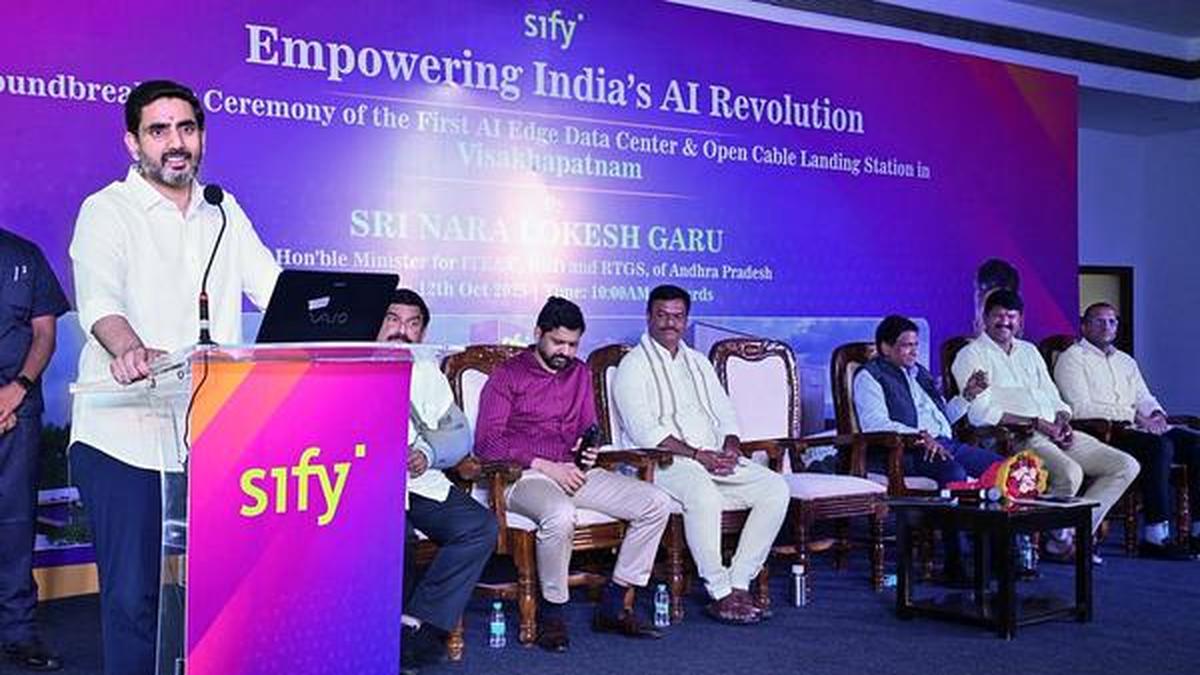The Supreme Court on Monday (October 13, 2025) held that land acquired for Tata Motors ‘Nano’ car project in Singur, West Bengal would not be restored to the industrial entities that had been operating there prior to its acquisition, observing that such enterprises possessed sufficient means to “vindicate their rights”.
A Bench of Justices Surya Kant and Joymalya Bagchi clarified the scope of the court’s 2016 ruling in Kedar Nath Yadav v. State of West Bengal, which had quashed the acquisition proceedings for the Tata Motors plant and directed that the land be returned to its original owners within 12 weeks.
The Bench said the 2016 verdict was intended to protect the “genuinely defenceless”, and that such protection could not be invoked by entities with the financial resources to contest governmental action.
‘Systemic barriers’
“Extraordinary judicial intervention is warranted when systemic barriers prevent certain classes from accessing ordinary remedies, not when parties possess adequate means to vindicate their rights. Relief conceived to prevent impoverishment among the disadvantaged cannot extend to commercial entities with financial capacity and institutional sophistication,” the Bench observed while interpreting the 2016 judgment.
The top court was hearing a plea by the West Bengal government challenging a Calcutta High Court order that had directed the State to restore 28 bighas of land, along with existing structures, to Santi Ceramics Private Limited, which had operated a ceramic electrical insulator manufacturing unit in Singur prior to the 2006 acquisition for the Nano project.
Addressing structural vulnerability
Justice Kant, who authored the verdict, said the “remedial framework” in Kedar Nath Yadav was intended for “poor agricultural workers” left destitute after the acquisition of their land and sought to address this “structural vulnerability.” He noted that, unlike marginal farmers, the company had been operating a 60,000-square-foot manufacturing facility employing over 100 workers since 2003, having purchased and converted agricultural land for industrial use.
“In view of the above analysis, we hold that the reasoning in Kedar Nath Yadav case does not enure to the benefit of respondent No. 1 (Santi Ceramics). The restoration remedy was conceived for disadvantaged farming communities, not as general restitution for all affected parties,” the court said.
The Bench further observed that allowing industrial entities to claim restoration benefits from litigation they had chosen not to pursue would “incentivise strategic inaction” by enabling them to capitalise on favourable relief obtained by others. Such an approach, it said, would foster “passive opportunism”, encouraging parties to remain “dormant” for years until favourable relief was secured by others.
‘Clear acquiescence’
The court also noted that the company had voluntarily accepted ₹14.54 crore as compensation, which constituted a “clear acquiescence” to the acquisition process.
“It accepted the entire compensation amount without protest and remained passive while cultivators pursued litigation for years. Having chosen not to contest the acquisition through available statutory mechanisms, the respondent now seeks the same relief that was granted to disadvantaged communities through public interest litigation — a classic free-rider problem that judicial remedies cannot encourage,” the Bench observed.
Accordingly, the court permitted Santi Ceramics to remove any remaining structures and machinery from the land within three months, or alternatively, to request the State to conduct a public auction. The company, it said, would be entitled to the auction proceeds after deducting the expenses incurred in the process.
.png)
 7 hours ago
14
7 hours ago
14









 English (US) ·
English (US) ·